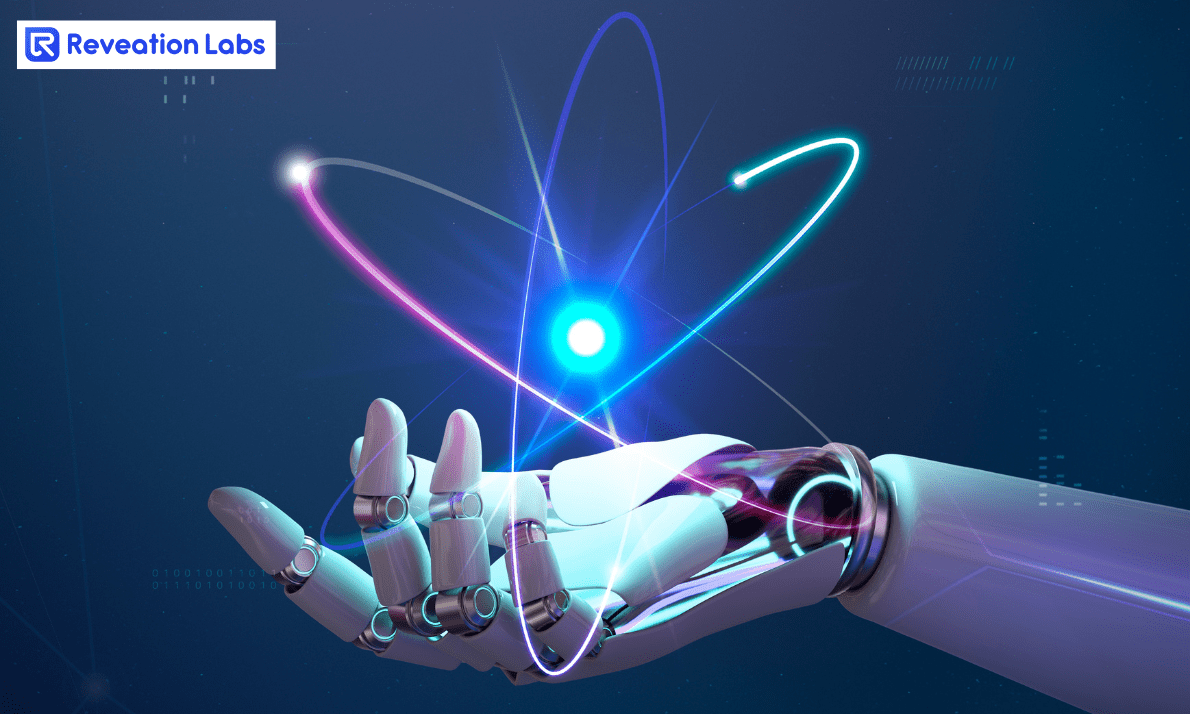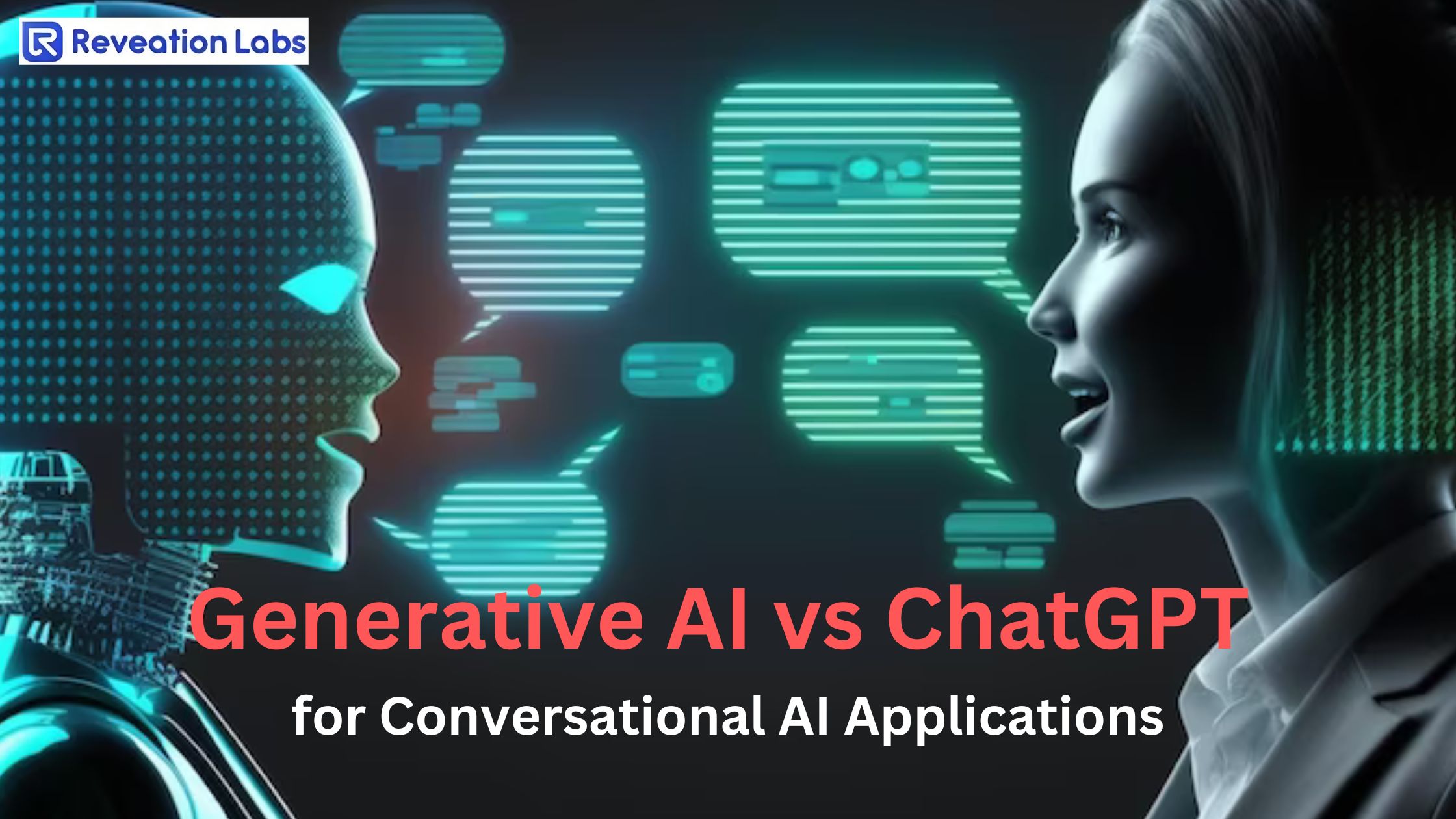Simran Advani
Fri Jul 15 2022


You probably heard the accompanying terms "Web3", "blockchain," or "cryptographic money," whether in the news, in the workplace, or while conversing with a companion. Starting not long ago, there was a lot of promotion around web3 and the cryptographic money space. You may be considering 'what's filling this publicity?', 'Is the innovation setting down deep roots?', 'what is the entire web3 about?', 'What issues does it address?'. To address this large number of inquiries, we first need to comprehend the set of experiences and movement of the web and what has driven us here.
What is Web3 meaning?
Developers realized that entirely relying on other platforms was a considerable risk, the need for a decentralized system became critical, and Web3.0 was born. It addresses the issue of trust in financial transactions between individuals or organizations. The term is in use, and the main takeaway is that it refers to a decentralized ecosystem built on the blockchain, which is why we must understand decentralization and existing Web3 blockchain technology.
Web3.0 is, in this manner, a web claimed by clients and manufacturers since designers never again need to depend on outsiders undertaking programming for their applications to work, and clients can make and hold their substance without obstruction from any enterprise. Web3.0 is a commonly used term, and "buzz words" such as blockchain will be heard.
Web3 central concepts
Although providing a rigid definition of Web3 is difficult, a few core principles guide its development.
Web3 is Decentralized: Rather than vast areas of the Internet being controlled and claimed by incorporated substances, possession is conveyed among its makers and clients.
Web3 is Permissionless: Anyone can take part in Web3, and nobody is eliminated.
Web3 has Native Payments, which permit it to spend and send cash web-based utilizing digital money; depending on the obsolete foundation of banks and installment processors is better.
Web3 is Trustless: It works through impetuses and financial instruments instead of depending on confided-in outsiders.
Advancement of Web World
The vast majority see the Internet as a ceaseless mainstay of current life — it was created and has just existed from that point forward. Be that as it may, the Web we realize today isn't what was initially imagined. To more readily comprehend this, partition the Web's short history into Web 1.0 and Web 2.0.
Web 1.0: Read-Only (1990-2004)
Tim Berners-Lee was working at CERN in Geneva in 1989 on the shows that would transform into the World Wide Web. His idea? To make open, decentralized conventions for data sharing from any place in the world.
Somewhere between 1990 and 2004, Berners-development Lee's, currently known as 'Web 1.0,' was first executed. Web 1.0 fundamentally involved static sites claimed by organizations, with next to zero client connection - people seldom delivered content - procuring it the moniker "read-just web."
Web 2.0: Read-Write (2004-at this point)
The presentation of online entertainment stages in 2004 started the Web 2.0 time. Rather than being perused just, the Web developed into a read-compose medium. Associations started to give move toward clients to share client-delivered content and partake in client-to-client joint efforts rather than simply passing satisfaction on to clients. As extra people went on the Web, several huge endeavors began to control an uneven proportion of the Web's traffic and worth. Web 2.0 likewise brought forth the income model in light of promotion. Clients could make content. However, they couldn't claim it or benefit from it.
Web 3.0: Read-Write-Own
Gavin Wood, Ethereum's founder, coined the phrase "Web 3.0" soon after Ethereum's launch in 2014. Gavin verbalized an answer for an issue that numerous early crypto adopters saw: the Web requested a lot of trusts. That is, an enormous piece of the Web that people know and use today relies upon trusting in several entire organizations to act in the public's prosperity.
How does Web3 capability?
With our standards set up, we can start researching how certain parts of Web3 advancement should accomplish these goals.
There are administrations accessible that associate clients with crypto wallets utilized in crime. Be that as it may, your character stays concealed in ordinary circumstances.
1) Information proprietorship:
Facebook or YouTube gathers the information; when the client downloads and enlists it, these organizations collect, own, and adapt your information. Furthermore, that information is put away on your Web3 crypto wallet. You'll utilize your wallet to communicate with applications and networks on web3, and you'll take your data with you when you log out. In principle, since you own this information, you can choose whether or not to adopt it.
2) Pseudonymity:
Security, similar to information possession, is incorporated into your wallet. Your wallet is your personality on Web3, and it isn't effectively connected to your genuine character.
There are administrations accessible that associate clients with crypto wallets utilized in crime. In this way, while somebody might have the option to see the development of somebody's wallet, they can not tell that it is your wallet. Be that as it may, your character stays concealed in ordinary circumstances.
3) A majority rules government:
Applications in Web3 will be overseen by decentralized autonomous organizations (DAOs). This implies that as opposed to a focal organization pursuing all choices, choices are made by clients who have administration tokens, which can be obtained by taking part in the upkeep of these decentralized applications or buying them.
In a conventional organization, investors vote on business changes, which are then carried out by the CEO. Token holders in a DAO can decide on proposed changes. Whenever supported, the progressions are promptly carried out into the DAO's code utilizing a brilliant agreement. DAOs are democratized; that is the reason everybody approaches the DAO's source code.
What distinguishes Web 3.0 from its predecessors?
In theory, combining Web 3.0's key features will result in various benefits. Recollect that this is all subject to the progress of the hidden innovation:
1) No centralized control
Because intermediaries have been removed from the equation, they will no longer have control over user data. This opportunity diminishes the gamble of government or corporate restriction and the adequacy of Denial-of-Service (DoS) attacks.
2) Further developed data interconnectivity
As increasingly more data interfaces with the Internet, more enormous informational collections furnish calculations with additional subtleties. This can assist them in providing more accurate information tailored to the individual user's specific needs.
3) More efficient browsing
Finding the best results can be difficult. When you use Google or any web indexes, they have gotten better at finding semantically significant outcomes in light of search settings and metadata after some time. The result of this is a more helpful web perusing experience that permits anybody to rapidly find the data they require.
4) Further developed client care
Client care is fundamental for a positive client experience on sites and web applications, notwithstanding because of the significant expenses, numerous fruitful web administrations battle to scale their client care activities.
Users can have a better experience dealing with support agents by using more intelligent chatbots that can converse with multiple customers simultaneously.
Worried to find the best Web3 development Company? Reveation Labs will help you with Web3 development. Our team of blockchain developers is experienced in various domains of blockchain technology, and you will be amazed to know that we can even help you in developing Web3 technology from scratch.
Conclusion
The evolution of the Internet has been long, and it will undoubtedly continue in future iterations. While there is no reasonable meaning for Web 3.0, advancements are, as of now, in progress. Destinations and applications are arising to give a unique web insight considering the enormous surge of accessible data. It's reasonable where we're going, and blockchain seems to be a piece of it.
Why Reveation Labs
We are a team that is technically proficient and simultaneously caring for your business. Our ideology is to provide the latest technologies that suit your business well.
Let’s discuss your requirements!
Give your business the next-gen technology it deserves. Be a part of our family of successful enterprises that work on high-end software solutions.
Experts
In all the latest technologies and developments.
Creative
To innovate the best solutions and pick the right technology for you.
Ethical
To always put you first & respect your business values and procedures.
Dedicated
To meet the deadlines and help you until the very end and beyond.
Approachable
For all your business needs and queries at any point of time.
Transparent
In our ways of working.





